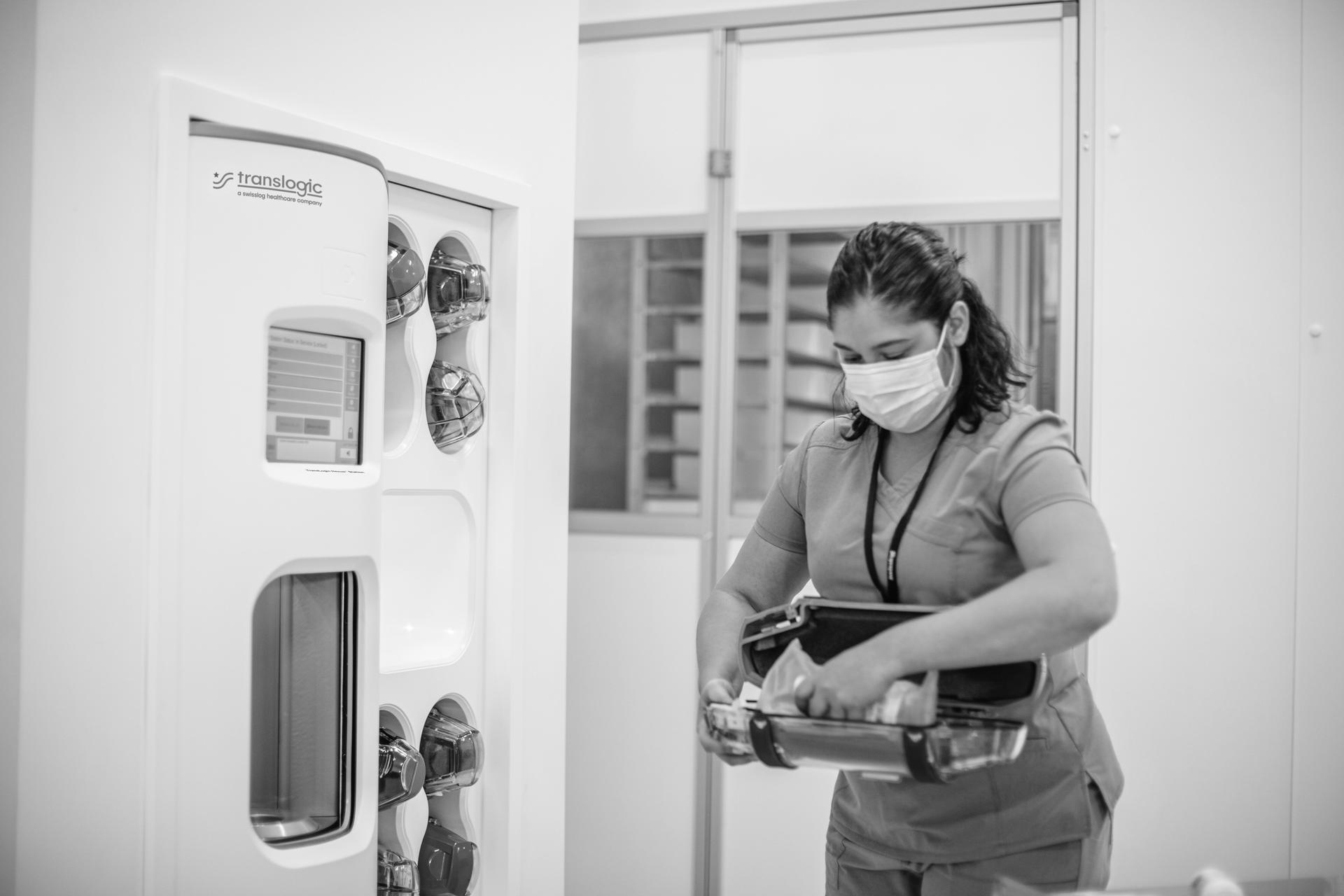
- ...
- TransLogic Blog
- The Human Element In Pneumatic Tube Systems
The Human Element in Pneumatic Tube Systems
The Pneumatic Tube System Can Impact Patient Care
10/10/2023
Vaibhav Barot
Introduction: Why Safety and Accessibility are Paramount
In today's fast-paced world, the focus on technological innovation often overshadows an equally crucial aspect—the human element. This is particularly relevant in the realm of tube systems, where the safety and accessibility of these transport mechanisms directly impact the well-being of the people who use or interact with them. Creating an environment where everyone can use these systems without fear or hindrance is not just an ethical obligation; it's also a critical business necessity.
The Evolution of Safety Measures in Tube Systems
Over the decades, safety features in tube systems have undergone substantial improvements. Earlier generations of these systems were fraught with concerns about speed control, collision prevention, and system integrity. Fast-forward to today, we have multiple layers of safety protocols in place, such as emergency braking systems, robust internal surveillance, and even AI-backed monitoring to minimize risks. These features collectively contribute to a safer experience, but the journey isn't over yet.
Accessibility: A Growing Concern
Accessibility is not just about ensuring wheelchair ramps and Braille instructions; it's about creating a system that is inclusive at its core. Modern tube systems are becoming smarter, with features like voice-activated controls and height-adjustable loading platforms, catering to people of various abilities. Efforts are also in progress to create easy-to-understand user interfaces that can be navigated effortlessly by anyone, regardless of age or disability.
Human-Centered Design Principles
The adoption of human-centered design principles in the development of tube systems is a game-changer. Such an approach places human needs and limitations at the forefront of designing any system component, from user interfaces to safety measures. This leads to tube systems that are not just efficient and reliable but also intuitive and comfortable to use.

Real-World Examples: Safety and Accessibility in Action
There are inspiring examples worldwide where tube systems have made a difference in community safety and accessibility. Cities like Tokyo and London have integrated advanced safety features like platform screen doors, which not only protect users from accidents but also improve overall system efficiency. On the accessibility front, the pneumatic tube system at a U.S. hospital has been adapted to allow patients with mobility issues to send and receive items without moving from their beds—showing how small changes can make big differences.
The Future: AI and Automation for Enhanced Safety
As we move into the future, Artificial Intelligence (AI) and automation are poised to take safety and accessibility in tube systems to a new level. Machine learning algorithms can analyze vast amounts of data to predict potential maintenance issues, while advanced sensors could help the systems adapt to the specific needs of their users in real-time. Though in its infancy, the intersection of AI with tube systems holds a promising potential to revolutionize how we think about safety and accessibility.
Conclusion
In summary, the human element cannot and should not be divorced from the technological advancements in tube systems. As we continue to push the boundaries of what these systems can do, we must keep the safety and accessibility of all potential users in mind. After all, a tube system that isn't safe or accessible to everyone is not genuinely advanced. By focusing on these aspects, we not only create systems that are good for users but also systems that are good for business.
Talk to our experts
Contact our knowledgeable specialists to discover how our range of automation solutions can boost efficiency, reduce costs and enhance care at your healthcare facility.
Contact us